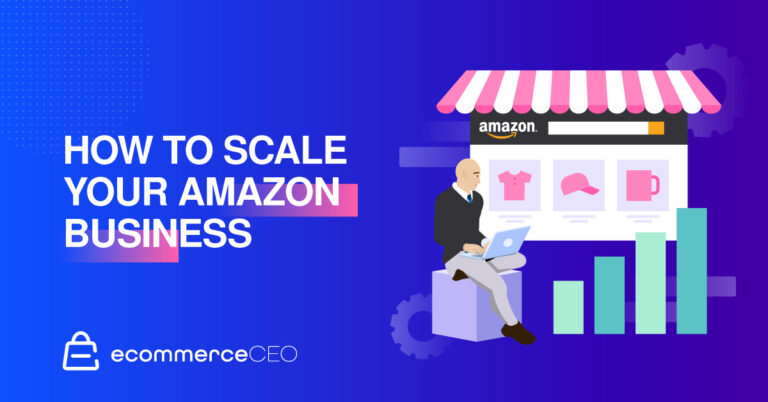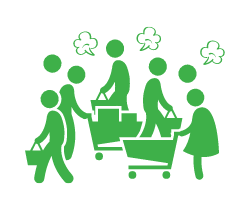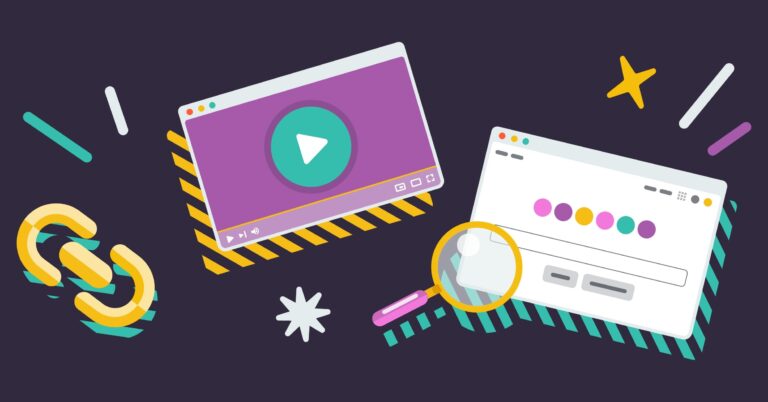Whether you are a manufacturer, distributor, wholesaler, or retailer, your customer experience will set you apart from your competitors and ensure long-term viability of your business. In B2B, adopting a customer-centric approach is imperative. It requires meeting your customer where they want, when they want, and how they want.
The following is not a B2B story often told, but it’s one worth mentioning because it describes a customer journey for many types of B2B buyers: A farmer is working his crops one day and notices his tractor isn’t working as well as in the past. He discovers a part is broken and needs to be replaced. He pulls out his mobile phone and searches for the part on his local store’s site. To be sure it’s the right one, he looks at his account history to verify the exact model number of his tractor. He determines it’s correct, and since he has to complete his work today, he chooses to pick it up at a local store. He quickly completes checkout in a in a couple of clicks. He drives to the store, where the part is waiting at the counter for him, and he’s back at the farm in no time. He’s not quite sure how to install the part, so he finds an easy-to-follow installation video on the store’s product page. He leaves a great review, is back to work immediately, and is sure to be back to shop again soon.
Omnichannel is not just a buzzword in this scenario. Did you catch all the channels? You probably noticed the farmer researched and shopped on his mobile phone and then picked up the product in a store. But did you know this product was shipped to the store from a local manufacturer’s warehouse? Turns out the local store didn’t have the part in stock and could have really frustrated and disappointed the farmer, possibly losing the sale entirely. And the farmer’s original order for the tractor was via a sales rep in the store’s CRM/ERP, which is connected to its website to make it easy for customers to review orders regardless of channel. Customers expect their orders, regardless of channel, to be seamless.
The Case For Omnichannel B2B Commerce
When working with B2B organizations that are new to eCommerce and omnichannel, the most common question is: How do I ensure my sales team remains engaged and profitable? To be clear, the move to digital does not mean you are replacing your sales reps. On the contrary, you are making them more efficient and allowing them to focus on what they do best: selling your higher-margin, higher-consideration products.
The fact is, the majority of buyers, both B2B and B2C, commonly start their research online. Having them set off on the initial part of the customer journey via digital and 24/7 means some saved time for a sales rep – until the potential customer indicates they are ready for a chat.
Meaningful Online Experiences For Both Customers And Your Sales Team
Your online experience should provide meaningful information beyond what a sales rep might be able to offer. Allow your current and potential customers to download specifications, view compatible models, etc. Display richer content, including videos and user-generated content (UGC), like Q&As and reviews.
For example, online retailer ClearBags integrated ClearBags integrated Rebel Athletic, selling bespoke uniforms to its high-end customers was its main priority. But the company also saw a lot of demand coming in from smaller organizations that would be time-consuming if handled individually. By allowing the option to browse and even buy online, the sales team can stay laser-focused on the custom uniform part of the business. Selling B2C and B2B online simultaneously, it also allow its customers to browse ideas in its Lookbooks, see how to engage with the brand at upcoming pop-up events, and get inspiration from other customers through social media integrations.
Omnichannel For Cross-Selling And Increasing AOV
Oftentimes manufacturers want to offer their full line of replacement parts online but struggle with how to make this economical on a per-unit basis. Additionally, retailers struggle with driving traffic to their stores and are experimenting with ways to use buy online/pick up in store traffic to increase store revenue. Omnichannel functionality is an opportunity to cross-sell quickly and easily, as well as increase the value of each customer.
For example, for a manufacturer that is selling replacement parts, buyers can easily login to view their exact model information and then find compatible parts. And if they are in a hurry, they can pick it up from a local store, showroom, or warehouse. The farmer example above shows how you can utilize technology to make this process seamless for the customer. Similarly, companies can make reorders as easy as possible, driving up customer lifetime value (CLV).
Just remember, not all customers are the same, even within your B2B segment. Use a data-driven approach to provide personalized content and recommendations to each customer, ensuring that you are maximizing your CLV on a per-customer basis. This customer-centric approach also improves your customer experience and, thus, customer satisfaction.
Win The Customer At First Touch
Often a first touch point with a new customer could be a search for something small, which when properly developed by your marketing, content, and sales teams could result in a much higher value later. As long as you are clear about your target market, be willing to meet your potential customer wherever they are at that point in time.
Tactics to consider:
• Expand your catalog and decrease delivery time with drop-shipping and ship-from-store options.
• Treat your vendors and stores as the mini distribution centers they are, and take advantage of their proximity to the customer to economically offer next-day shipping.
• Endless-aisle capabilities can help ensure that stores don’t lose the sale.
• Partner with vendors with complementary product lines to add an extra revenue stream to your business, while servicing your customers with an all-in-one shopping experience.
Keys To Omnichannel Success
All of these strategies take work, but the return can be worthwhile when done right. Success requires active collaboration between IT, sales, marketing, content, and management teams.
Is B2B omnichannel commerce for you? If you are looking to increase customer loyalty, marketing effectiveness, sales team productiveness, and overall revenue – then yes.






